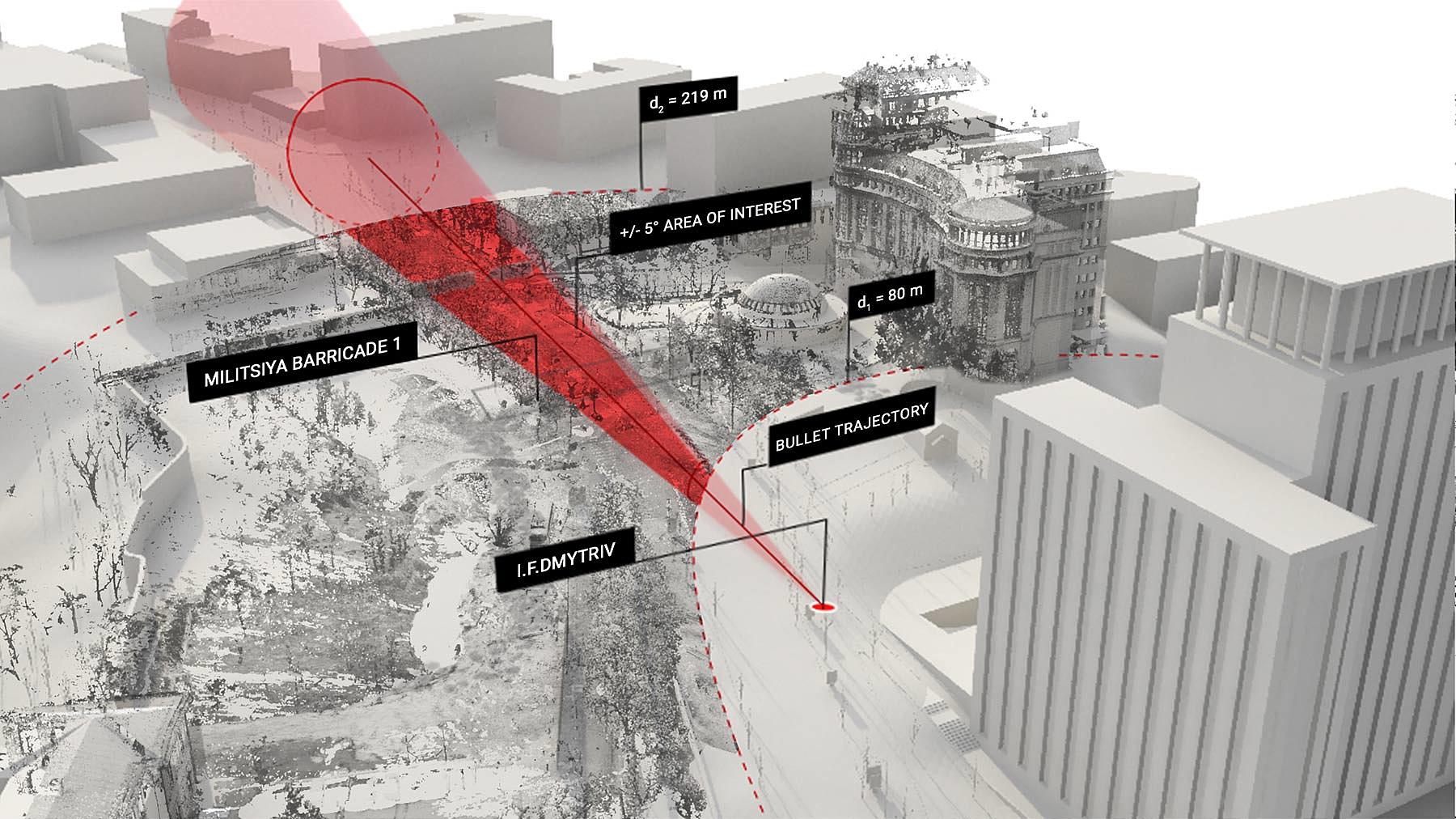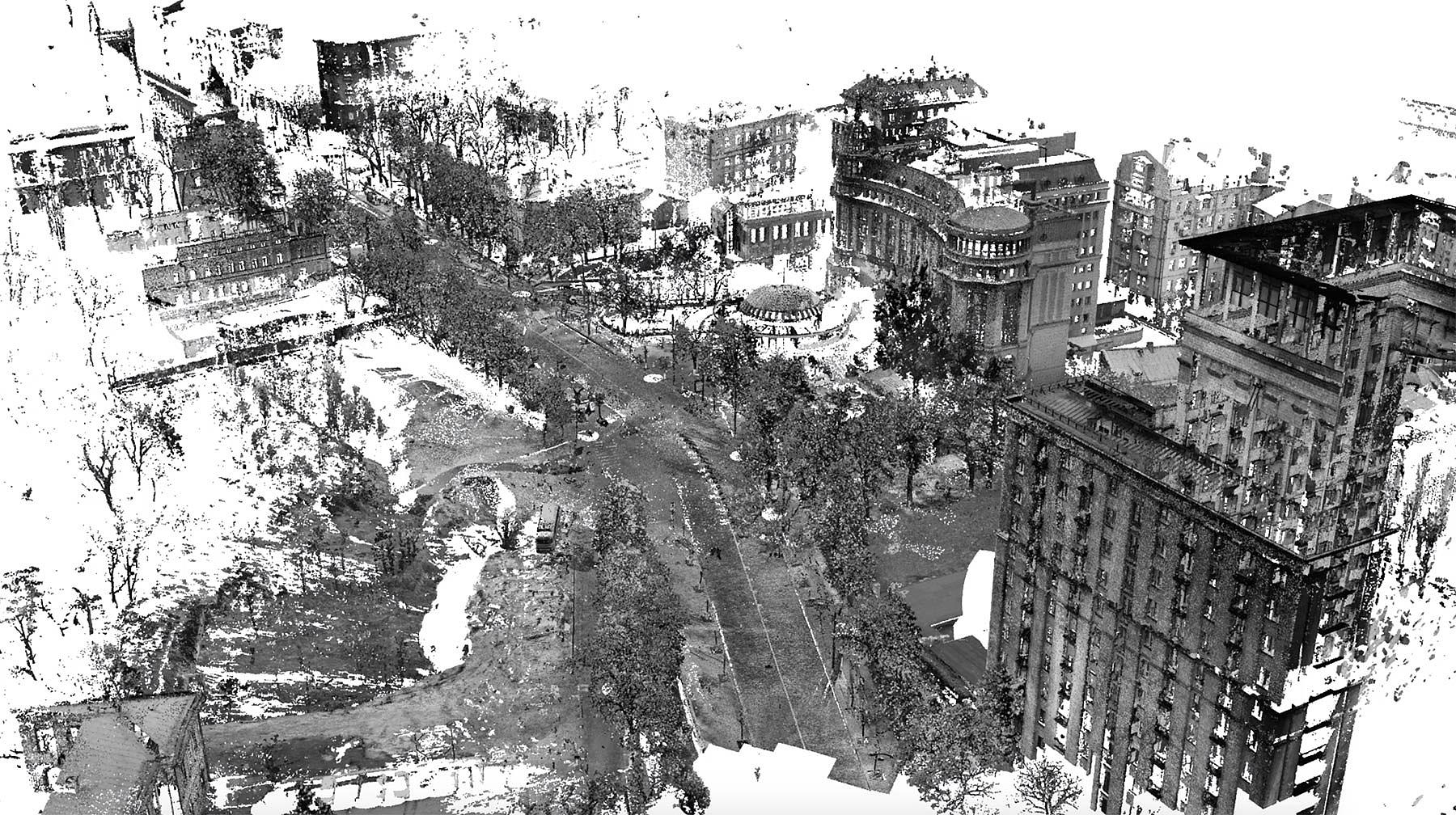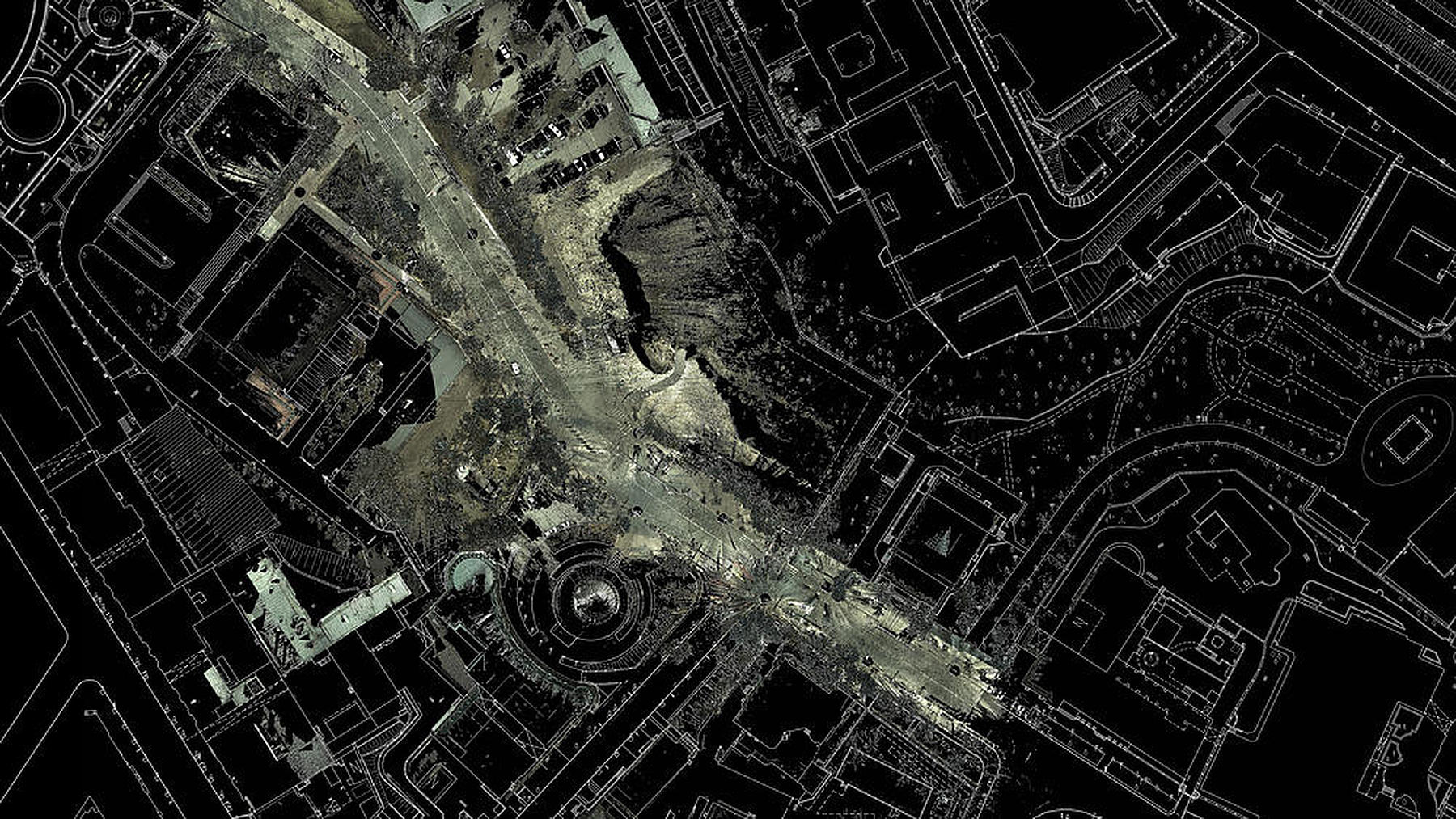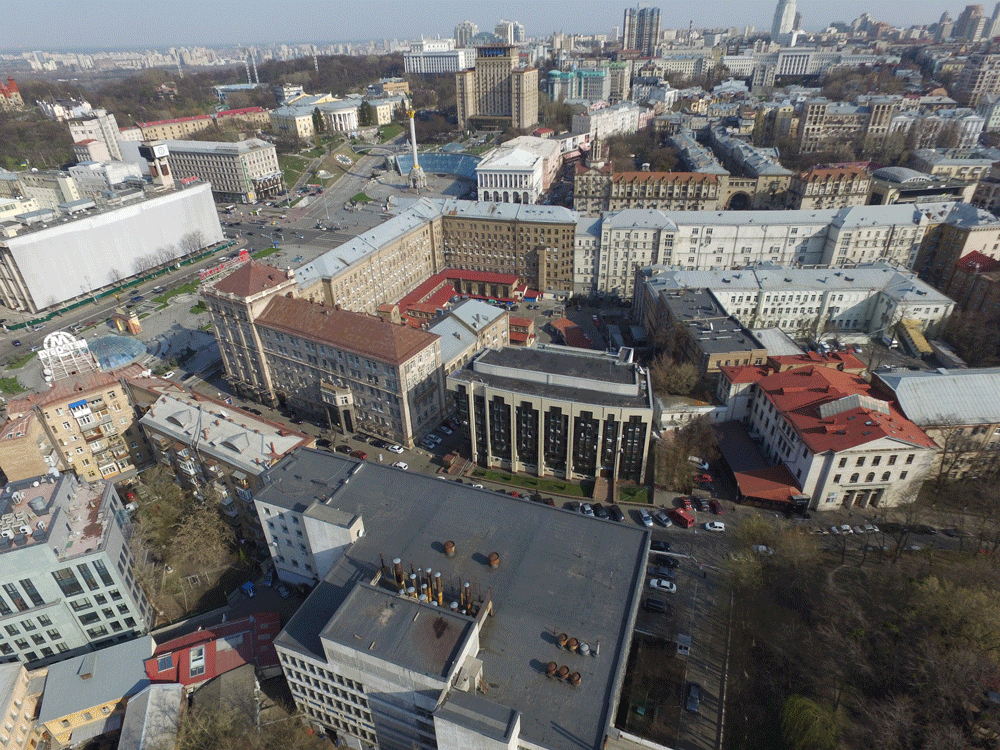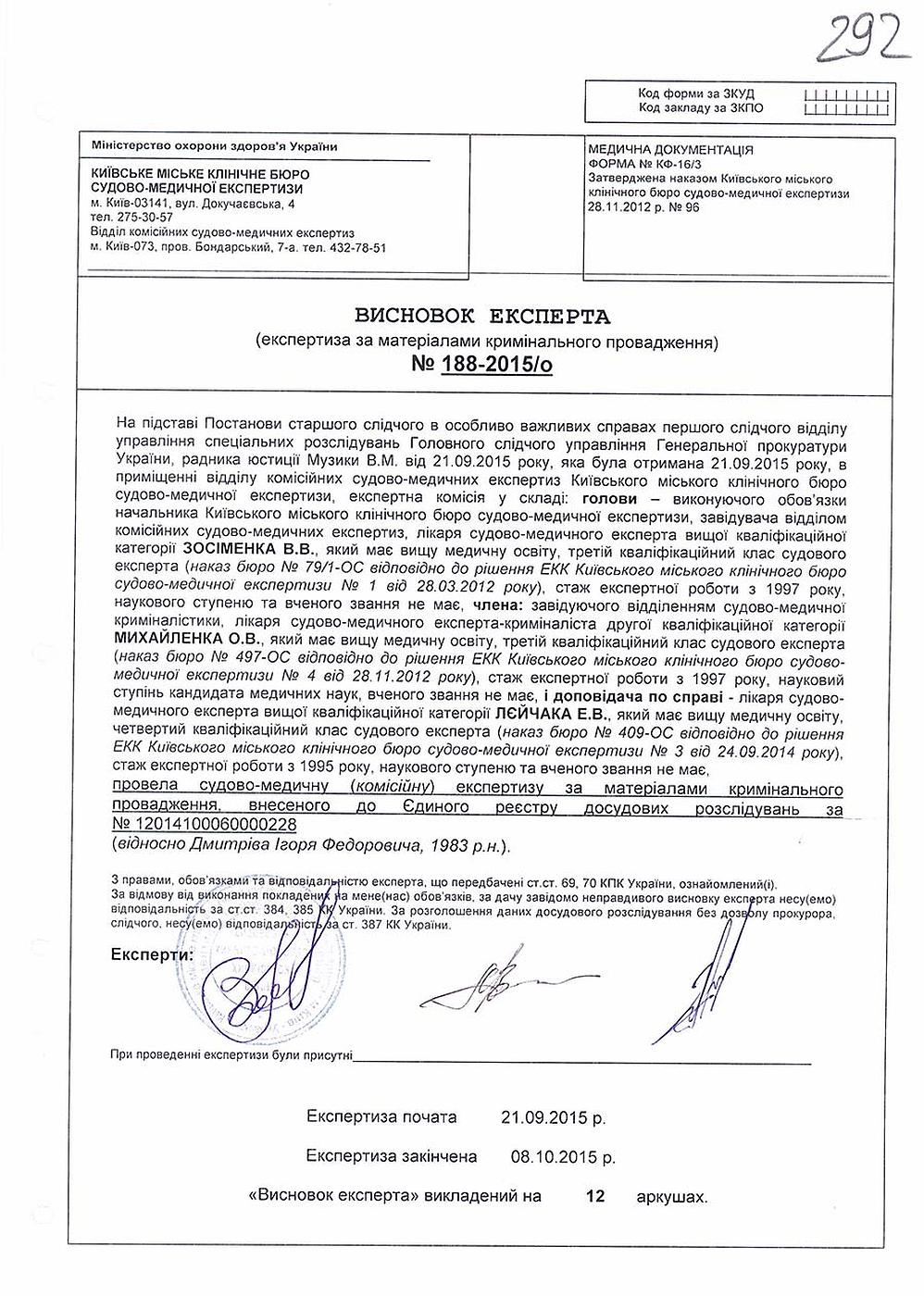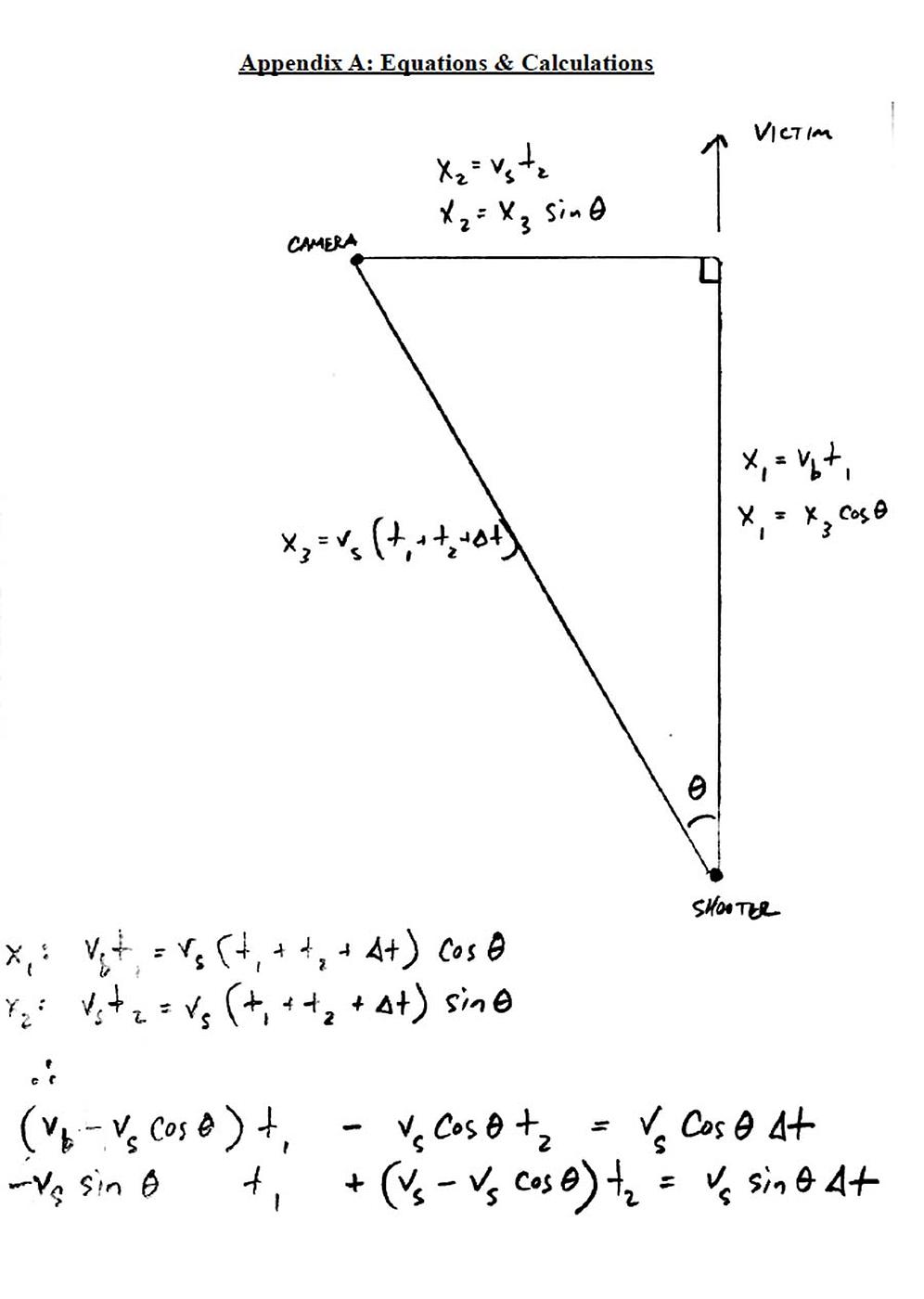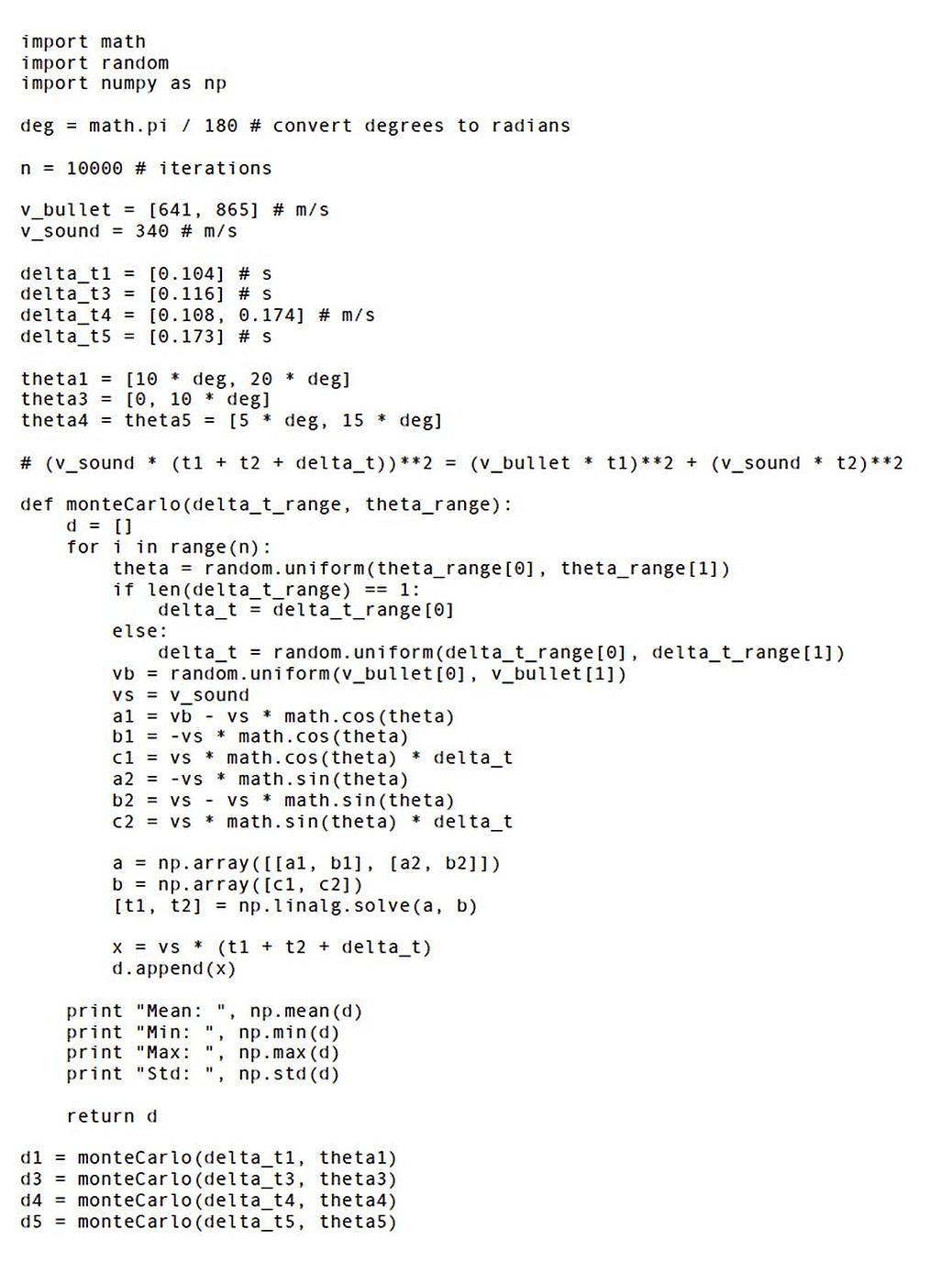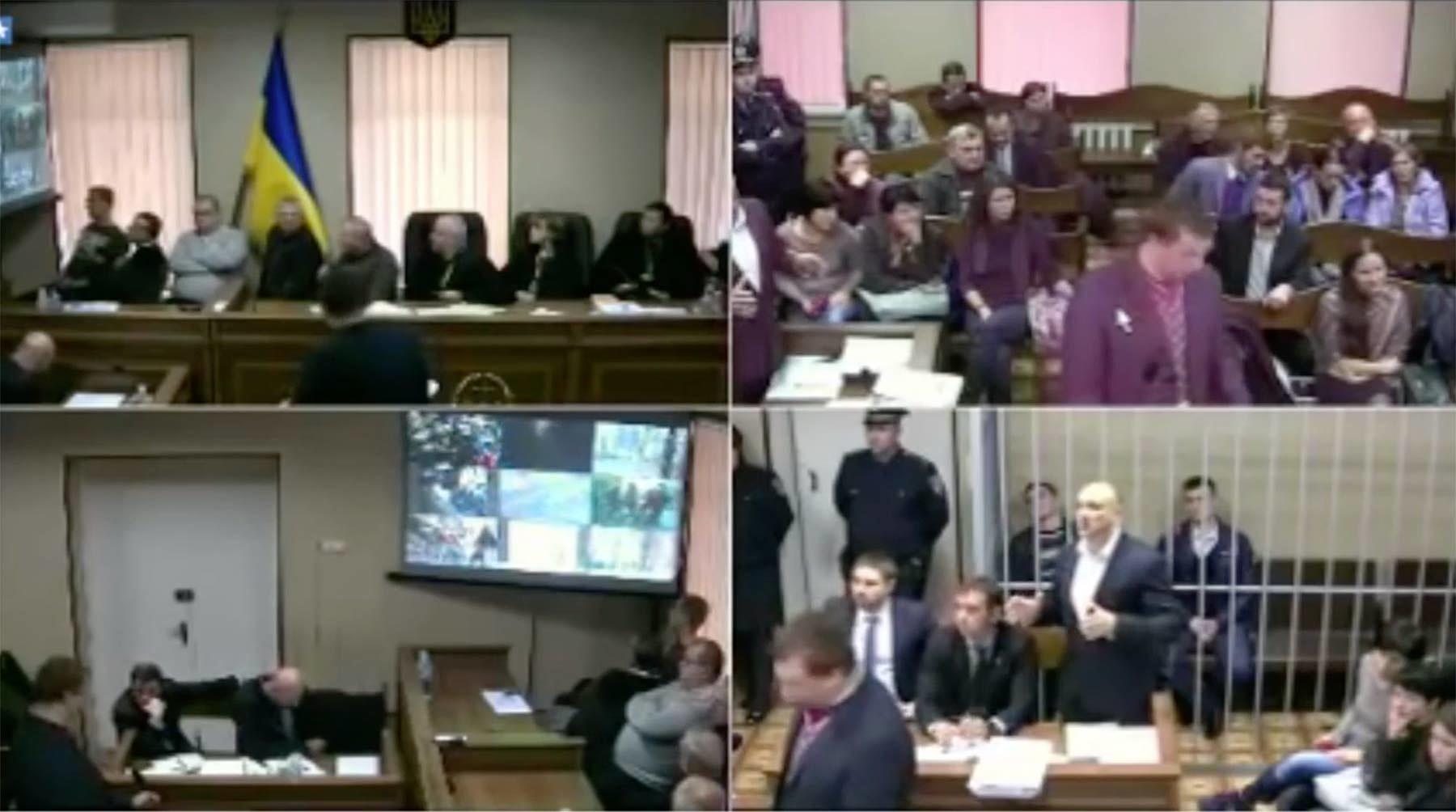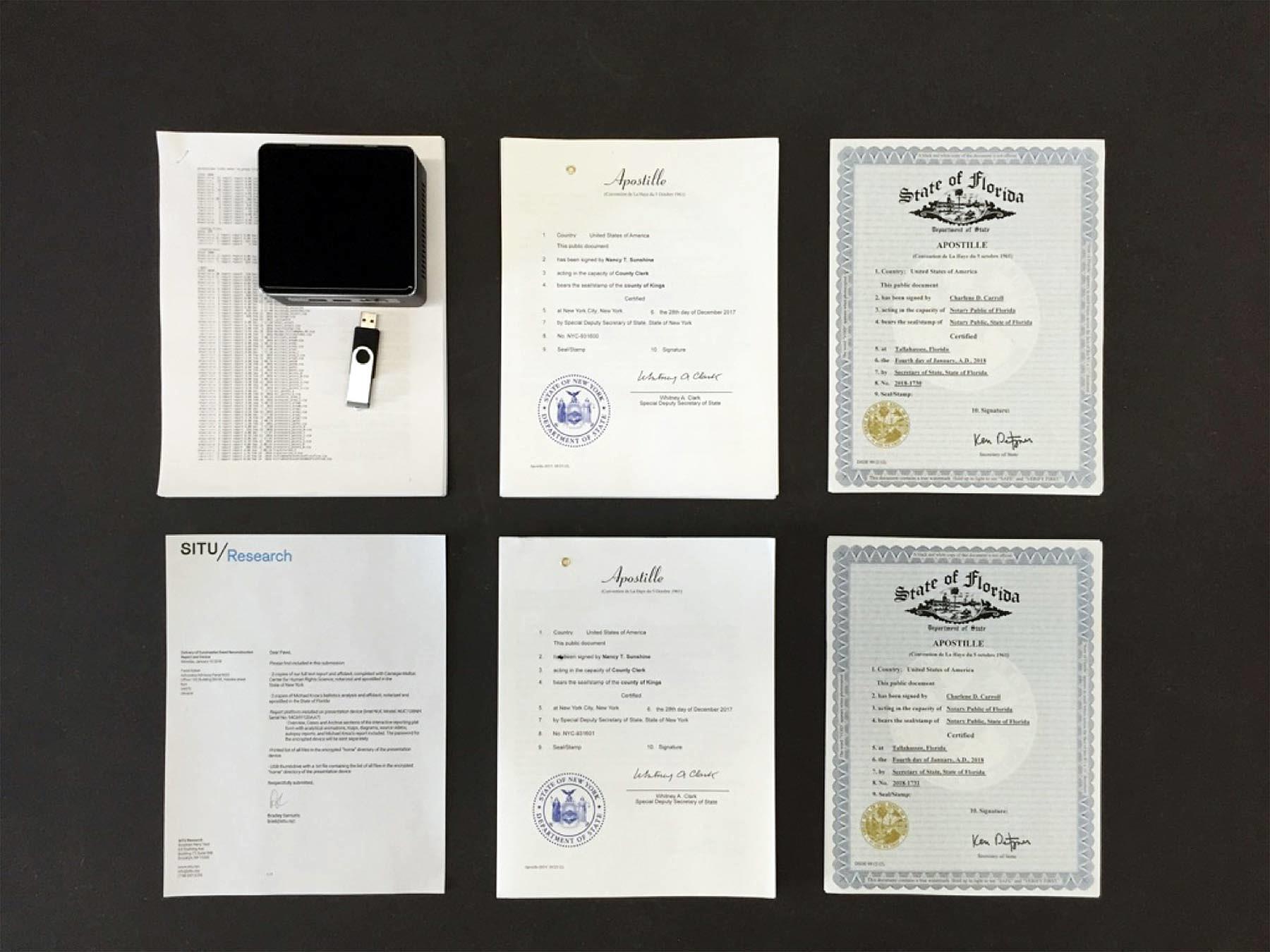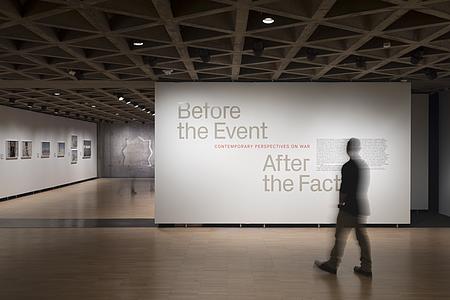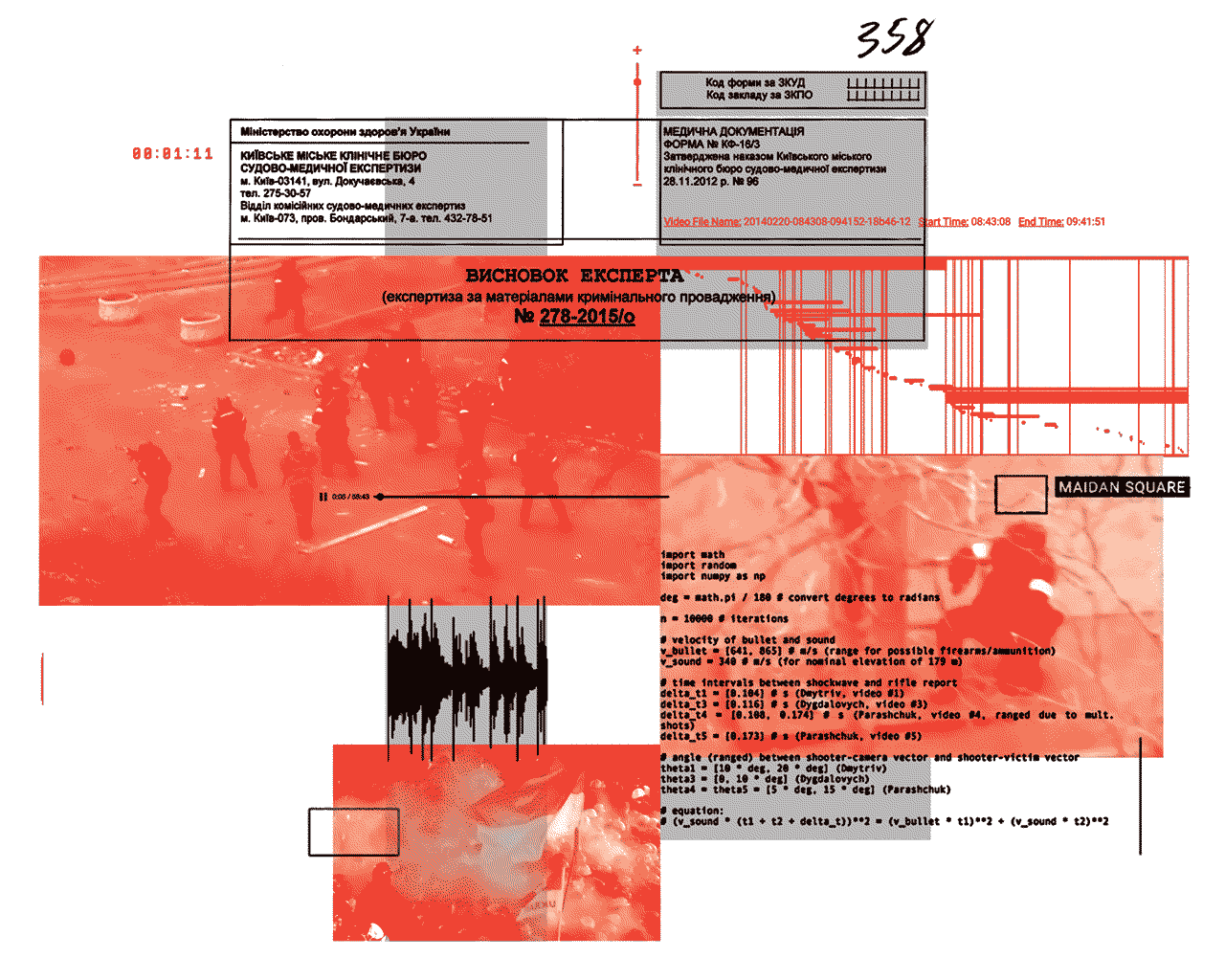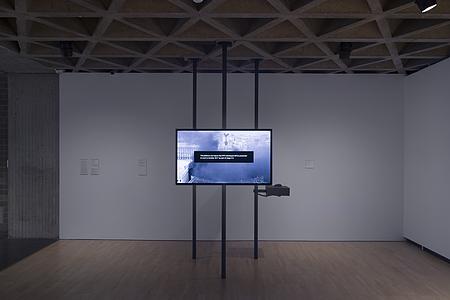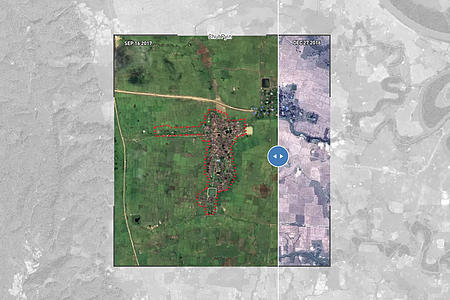Euromaidan Event Reconstruction
SITU worked with Ukrainian attorneys, activists and computer scientists to reconstruct three protester deaths from an archive of eye-witness videos. Drawing on spatial analysis, 3D modeling, animation and interactive visualization, we developed a tool for presentation of evidence and our analysis of those protester deaths in Ukrainian courts.
Explore the platform here:
maidan.situplatform.com
Collaborators
Ukrainian legal team including attorneys Pavel Dykan and Alexandra Iatsenko with the Advocacy Advisory Panel, Center for Human Rights Science (CHRS) at Carnegie Mellon University, Jus Talionis Reconstruction Lab
Location
Kiev, Ukraine
Completion
2018
The Euromaidan protests culminated in a few days of violent clashes between demonstrators and Ukrainian police and military forces. After nearly four months of sustained occupation of Kiev’s historic Maidan Square by protesters advocating for European Union integration and constitutional reform, police forces explicitly authorized in the use of force and armed with assault weapons attempted to clear the square beginning on February 18, 2014. The ensuing standoff two days later on February 20—resulting in the death of 47 civilian protesters and one police officer within the span of four hours—is the focus of our work with Ukrainian human rights lawyers. It is alleged and in many cases well documented that those 47 deceased Maidan protesters sustained fatal gunshot wounds at the hands of Berkut and other armed Ukrainian Interior Military Force personnel on February 20.
This project is centered around an archive of roughly 65 hours of video evidence.
While the events in question unfolded on a few hundred feet of nearby Institutskya Street and over the course of just a few hours, eyewitnesses, journalists and security cameras looked on and documented video fragments of the movements of police and the violence against protesters. This video documentation (over 400 video files) was amassed into an evidentiary archive by activist and student Evelyn Nefertari after the protests and delivered to attorneys Pavel Dykan and Alexandra Iatsenko, who were actively pursuing justice and accountability for the killings of protesters on the 20th.
At the request of attorneys Pavel Dykan and Alexandra Iatsenko, SITU Research and Carnegie Mellon University’s Center for Human Rights Science (CMU CHRS) worked together to produce an event reconstruction related to the deaths of three protesters in Kiev on February 20, 2014 during the Euromaidan protests. Our reconstruction and analysis is based on data provided to us by this legal team, including nearly 65 hours of video, site surveys (including a 2D plan of Kiev and a 3D point cloud) and autopsy reports. In addition to conducting this analysis, SITU produced an interactive presentation platform that contains evidentiary assets, the results of our analysis, reconstruction animations and an archive of geolocated and synchronized source videos.
In order to reconstruct key events of interest, such as troop movements, clashes or shootings, all available video had to be geolocated and synchronized to a global time clock. In this case, the vast majority of the video in the attorneys’ possession had been retrieved from social media and other Internet sources, and therefore lacked location and time stamps. We decided to use this case as a test-bed to understand what sorts of techniques would be needed to be able to organize large volumes of video over time and space, and then present it in a compelling way. The CMU CHRS team focused on the challenge of developing semi-autonomous methods for synchronizing video over time and geolocating the camera, using computer vision techniques and frameworks developed for this test case to generate metadata for the Maidan video evidence archive.
Since the source video archive is prohibitively large to display in court via traditional means, and also poses a comprehension challenge for viewers who do not possess deep familiarity with the video archive and content, SITU designed and developed a presentation tool that allows a viewer to navigate through videos and other relevant evidentiary assets by recording location and time. This presentation tool also allows for the viewing of synchronized and geolocated video evidence alongside the relevant digital reconstructions and visualizations of protester deaths that they directly inform. This tool including animations and text that serves as a chronological overview of protest events, along with the video archive.
The overview section allows a viewer to scroll through a timeline of the events of February 20, 2014 and features animations, textual descriptions and representative source videos. In this section protester and militsiya locations are tracked, violent clashes are visualized and spatial context is given to the more detailed, case-specific analysis to follow. This narrative overview is presented as a visual demonstration of the major protest events on February 20, 2014. Not all protester deaths and movements taking place that day can be vetted and mapped. The information shown in this section is based both on data made available to SITU by the Ukrainian legal team and on what is observable in the source video archive. This functions as a form of narrative authentication, cutting through some of the contested stories disseminated about the events of February 20 to establish a more definitive timeline.
Findings, evidentiary assets and documentation related to each of the three cases of protester death are displayed in the cases section. By clicking on a victim point on the main map or timeline, a viewer is able to access detailed drawings, analytical animations, autopsy reports, ballistics analysis and relevant source videos upon which the analysis was based.
The archive section draws from both existing and reconstructed video metadata to both map and sync source videos on a timeline. Videos can be selected by clicking on points on the map or on video bars on the timeline chart. Protester deaths are also mapped and overlaid on the video timeline.
The interactive platform and co-developed tool for the analysis of citizen video will have significant impact on court proceedings. It will mark the first time that visual evidence and analysis of its kind will be presented in Ukrainian courts.
While the development of this tool has been driven by work on the Maidan case, it is being designed with the intention of being a more broadly applicable resource for harvesting, accessing, analyzing and presenting citizen video documentation of other complex events.
The SITU and Carnegie Mellon teams have documented the methodological and technological achievements of this project and we anticipate these outputs serving as important resources for future applications of visual and spatial event reconstructions where vast amounts of citizen video need to be analyzed. Our practice note published in the Journal of Human Rights Practice in April 2018 outlined the core methods implemented and contextualized the project within recent work with video in the field. SITU partner Brad Samuels also gave a presentation on the Euromaidan Event Reconstruction as a visiting artist at Yale University in fall 2017.
This project is part of SITU’s Spatial Practice as Evidence and Advocacy (SPEA) project, which seeks to utilize spatial analysis and visualization in the service of human rights fact-finding and reporting. The work of SPEA is funded by the John D. and Catherine T. MacArthur Foundation, Oak Foundation and the Open Society Foundations.
